Zack Liu
format_quote For me, becoming isn’t about arriving somewhere or achieving a certain aim. I see it instead as forward motion, a means of evolving, a way to reach continuously toward a better self. The journey doesn’t end. format_quote...
ML study with Scikit-Learn & Nvidia RAPIDS & TensorFlow
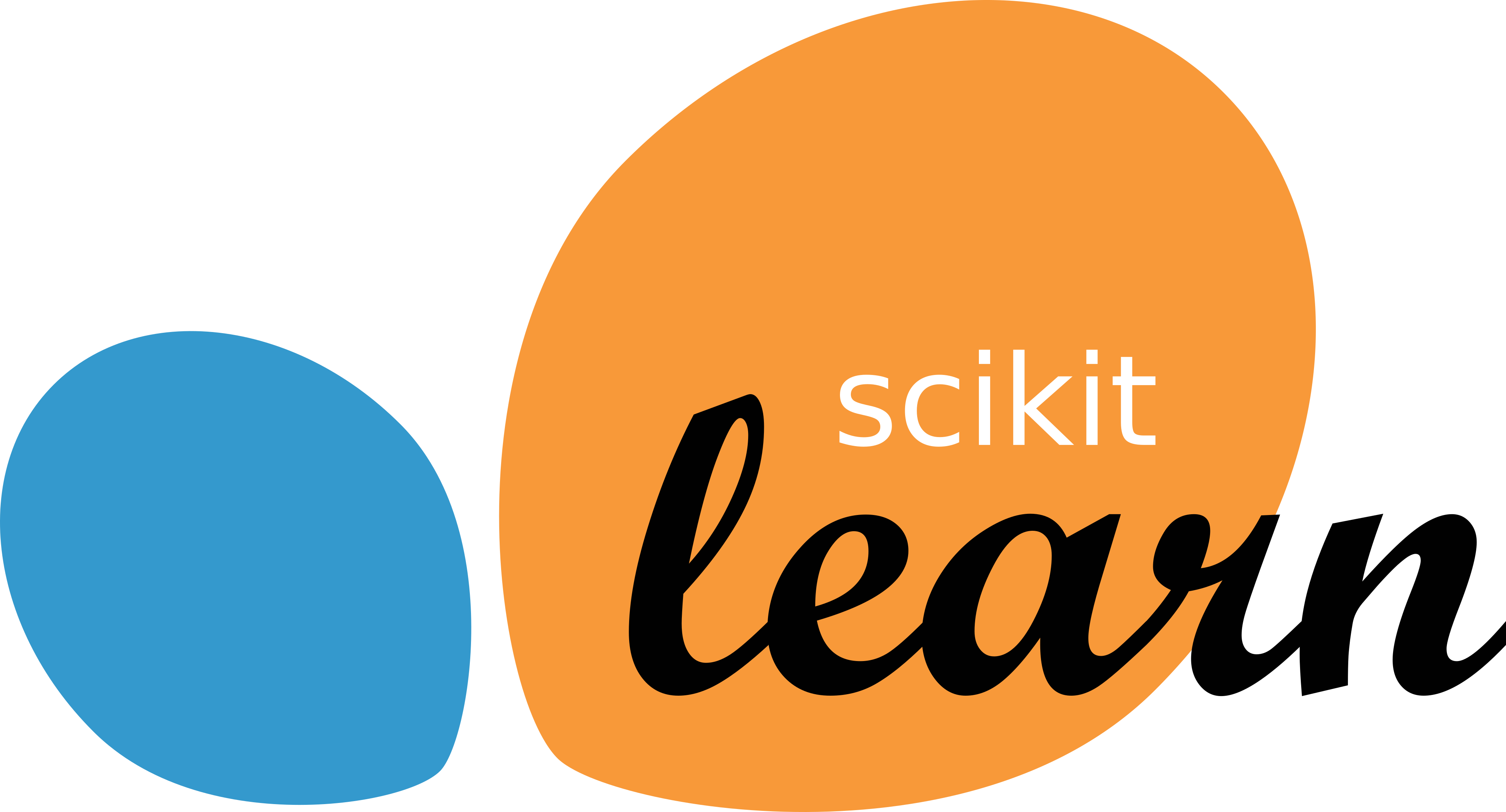
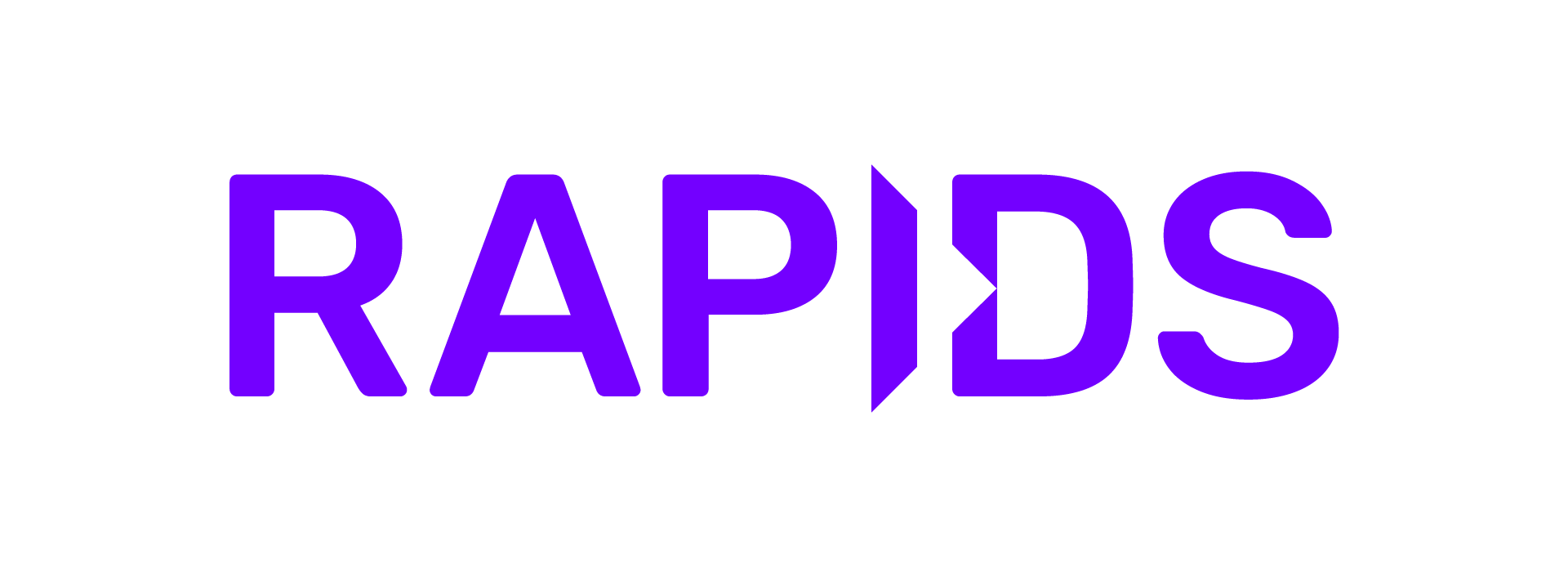

So far, I've gained a solid foundation in machine learning, mastering data preprocessing, model training and evaluation, and deploying interactive web applications with Django to visualize and interpret predictions.Check Out Some of the Project Showcase below
Scikit-learn is a free software machine learning library for the Python programming language.It features various classification, regression and clustering algorithms including support vector machines, random forests, gradient boosting, k-means and DBSCAN, and is designed to interoperate with the Python numerical and scientific libraries NumPy and SciPy.
TensorFlow is an open-source machine learning framework developed by Google. It provides a comprehensive ecosystem for building and deploying machine learning models. TensorFlow supports a wide range of tasks, from simple linear regression to complex deep learning models, and is widely used for its flexibility, scalability, and extensive community support. It enables developers to build and train models using Python and deploy them across various platforms, including mobile and web applications.
RAPIDS is an open-source suite of software libraries and APIs developed by NVIDIA that enables GPU-accelerated data science and analytics. It leverages NVIDIA CUDA to provide high-performance data manipulation, machine learning, and graph analytics, allowing data scientists and researchers to process and analyze large datasets much faster than traditional CPU-based methods.
Django Framework

Django helps to create applications with machine learning and computer vision capability much easier. My experience working on PHP-based custom MVC framework projects has allowed me to gain valuable insight into the weaknesses of the MVC framework. Django design eliminates most of the weaknesses associated with MVC frameworks. It achieves this through its advanced built-in security, easy-to-use libraries, and native python support. Django presents a next-generation framework with several positive talking points that one can highlight. Personally, the Django framework is a favorite in the development of web applications. An example of its effectiveness can be seen in my website zackl.dev which is built based on the Django framework.
Django is a free, Python-based, open-source web framework that is built on the model–template–views (MTV) architectural pattern. It is maintained by the Django Software Foundation (DSF), an independent organization established in the US as a non-profit. Django's primary goal is to ease the creation of complex, database-driven websites. The framework emphasizes the reusability and "pluggability" of components. It allows for less code, low coupling, rapid development, and limited redundancy. Python is used as the central coding language for the framework. Django also provides an optional administrative create, read, update and delete interface that is generated dynamically through introspection and configured via admin models. Some well-known sites that use Django include Instagram, Mozilla, Disqus, Bitbucket, Nextdoor, and Clubhouse.
AWS, Alibaba Cloud, Ubuntu Server

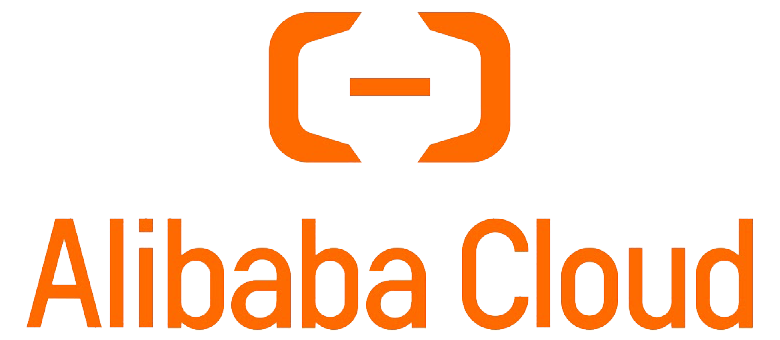

Both AWS and Alibaba Cloud provide industry-leading, affordable cloud server solutions for a large number of projects. I prefer the Ubuntu server when working on projects that require stable server operation. Working with Ubuntu has allowed me to develop several important skills. Some of the skills that I have developed include WSGI network gateway configuration and Nginx reverse proxy/load balancer scripting. These skills are important as they ensure the development of highly efficient projects.
Amazon Web Services, Inc. (AWS) is a subsidiary of Amazon that provides on-demand cloud computing platforms and APIs to individuals, companies, and governments. The services are usually provided on a metered pay-as-you-go basis thereby making them affordable to a large segment of society. The cloud computing web services provide a variety of basic abstract technical infrastructure and distributed computing building blocks and tools. One of these services is Amazon Elastic Compute Cloud (EC2), which allows users to have at their disposal a virtual cluster of computers, that is available all the time and can be accessed through the Internet. AWS's virtual computers emulate most of the attributes of a real computer, including hardware central processing units (CPUs) and graphics processing units (GPUs) for processing hard-disk/SSD storage; a choice of operating systems; networking; and pre-loaded application software such as web servers, databases, and customer relationship management (CRM).
Ubuntu Server is an operating system developed for servers that work with nearly any hardware or virtualization platform. The platform was developed following a collaboration with Canonical and open-source programmers around the world. The server can facilitate websites, file shares, and containers, as well as expand one’s company offerings with an incredible cloud presence.
OpenCV

When working with projects that require a reliable image processing and object recognizing framework one effective software is OpenCV. I had the opportunity to work with OpenCV when working on a capstone project for my computer science degree. The project entailed collaborating with United Airlines to develop an automatic video analysis system that will help analyze the safety of airport gate operations. OpenCV provided an effective platform for effective image processing and object recognition activities. The use of OpenCV helped significantly reduce workload redundancies for safety auditors at United Airlines.
OpenCV (Open Source Computer Vision Library) is a library of programming functions mainly aimed at real-time computer vision. Originally developed by Intel, it was later supported by Willow Garage then Itseez (which was later acquired by Intel). The library is cross-platform and free to use under the open-source Apache 2 License. Starting from 2011, OpenCV featured GPU acceleration for real-time operations.
NumPy Matplotlib
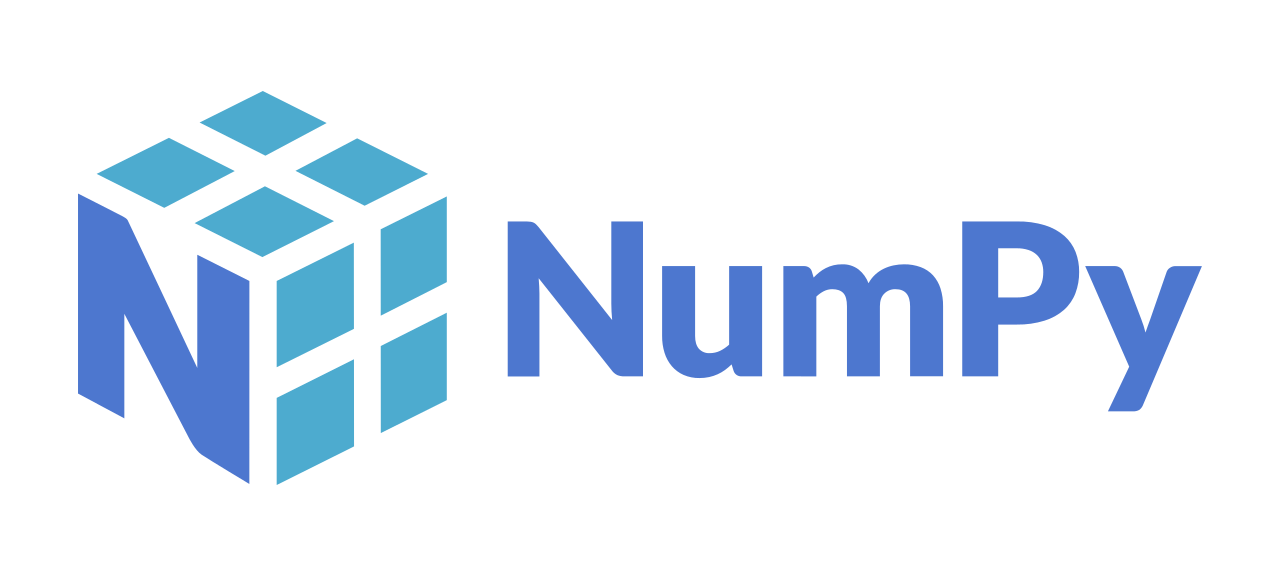

NumPy is one of the best libraries for handling arrays and matrices. When writing machine learning projects for my Machine Learning class, the use of NumPy made the work much more manageable. From basic regression models to neural networks, deep learning models, and decision trees, NumPy stands out as an efficient tool. Its capacity has made it become my preferred option for handling mathematical operations.
NumPy is a library for Python programming language that adds support for large multi-dimensional arrays and matrices, along with a large collection of high-level mathematical functions to be executed on the arrays. NumPy is a predecessor of Numeric which was created by Jim Hugunin with contributions from several other developers. In 2005, Travis Oliphant created NumPy by incorporating features of Numarray into Numeric and executing extensive modifications on the frameworks. NumPy is open-source software with numerous contributors. It is a NumFOCUS fiscally sponsored project thereby allowing a large pool of individuals to contribute to its advancements.
PHP HTML5 CSS JavaScript




From the web application course at Michigan State University to production-level projects, PHP HTML5, CSS, and JavaScript offer reliable, fast, and consolidated languages. The languages are predominantly used together in the development of highly interactive websites. The unique features made possible by each of the languages help to enhance the appeal and effectiveness of a website.
HTML5 is a markup language used for structuring and presenting content on the World Wide Web. It is the fifth and last major HTML version that is a World Wide Web Consortium (W3C) recommendation. The current specification is known as the HTML Living Standard. It is maintained by the Web Hypertext Application Technology Working Group (WHATWG), a consortium of the major browser vendors (Apple, Google, Mozilla, and Microsoft). HTML5 was first released to the public on the 22nd of January 2008. A major update and "W3C Recommendation" status were released in October 2014. The goals of the update and recommendation were to improve the language with support for the latest multimedia and other new features; to keep the language both easily readable by humans and consistently understood by computers and devices such as web browsers, parsers, etc., without XHTML's rigidity; and to remain backward-compatible with older software. HTML5 is intended to subsume not only HTML 4 but also XHTML 1 and DOM Level 2 HTML.
Cascading Style Sheets (CSS) is a style sheet language that is used for describing the presentation of a document written in a markup language such as HTML. CSS, HTML, and JavaScript are regarded as cornerstone technologies in the World Wide Web. CSS is designed to enhance the presentation of content by allowing developers to manipulate layout, colors, and fonts. It achieves this by separating the content from the presentation. This separation can improve content accessibility; provide more flexibility and control in the specification of presentation characteristics; enable multiple web pages to share formatting by specifying the relevant CSS in a separate .css file, thereby reducing the complexity and repetition in the structural content; and enable the .css file to be cached to improve the load speed between the pages that share files and formatting.
JavaScript, often abbreviated as JS, is a programming language that is regarded as one of the core technologies of the World Wide Web, alongside HTML and CSS. Over 97% of websites use JavaScript on the client-side for web page behavior, often incorporating third-party libraries. All major web browsers have a dedicated JavaScript engine to execute the code on users' devices. JavaScript is a high-level, often just-in-time compiled language that conforms to the ECMAScript standard. It has dynamic typing, prototype-based object orientation, and first-class functions. It is a multi-paradigm supporting, event-driven, functional, and imperative programming language. It has application programming interfaces (APIs) for working with text, dates, regular expressions, standard data structures, and the Document Object Model (DOM)
PHP is a general-purpose scripting language geared towards web development. It was created by Danish-Canadian programmer Rasmus Lerdorf in 1994. The PHP implementation is now produced by The PHP Group. PHP originally stood for Personal Home Page, but it now stands for the recursive initialism PHP: Hypertext Preprocessor. PHP code is usually processed on a web server by a PHP interpreter implemented as a module, a daemon, or as a Common Gateway Interface (CGI) executable. On a web server, the result of the interpreted and executed PHP code – which may be any type of data, such as generated HTML or binary image data – would form the whole or part of an HTTP response. Various web template systems, web content management systems, and web frameworks exist which can be employed to orchestrate or facilitate the generation of that response. Additionally, PHP can be used for many programming tasks outside the web context, such as standalone graphical applications and robotic drone control. PHP code can also be directly executed from the command line.
Java&Android Studio


Android is the most popular operating system for mobile phones in the world. The popularity of the OS stems from the fact that it is open source and is designed to be easy for developers to work with. Android applications are largely built using the Java programming language. The ease of the language has made it easy for developers to create android applications thereby serving to enhance the popularity of the OS across the world.
Java is a high-level, class-based, object-oriented programming language that is designed to have as few implementation dependencies as possible. It is a general-purpose programming language intended to let programmers develop programs that are written once, run anywhere (WORA). This means that a compiled Java code can run on all platforms that support Java without the need to recompile. Java applications are typically compiled to bytecode that can run on any Java virtual machine (JVM) regardless of the underlying computer architecture. The syntax of Java is similar to C and C++ but has fewer low-level facilities than either of them. The Java runtime provides dynamic capabilities (such as reflection and runtime code modification) that are typically not available in traditional compiled languages. As of 2019, Java was one of the most popular programming languages in use according to GitHub, particularly for client-server web applications, with a reported 9 million developers.
Android Studio is the official integrated development environment (IDE) for Google's Android operating system, built on JetBrains' IntelliJ IDEA software and designed specifically for Android development. It is available for download on Windows, macOS, and Linux-based operating systems. In 2020 Android studio was also made available as a subscription-based service. It was designed to be a replacement for Eclipse Android Development Tools (E-ADT) which was t regarded as the primary IDE for native Android application development.
MySQL
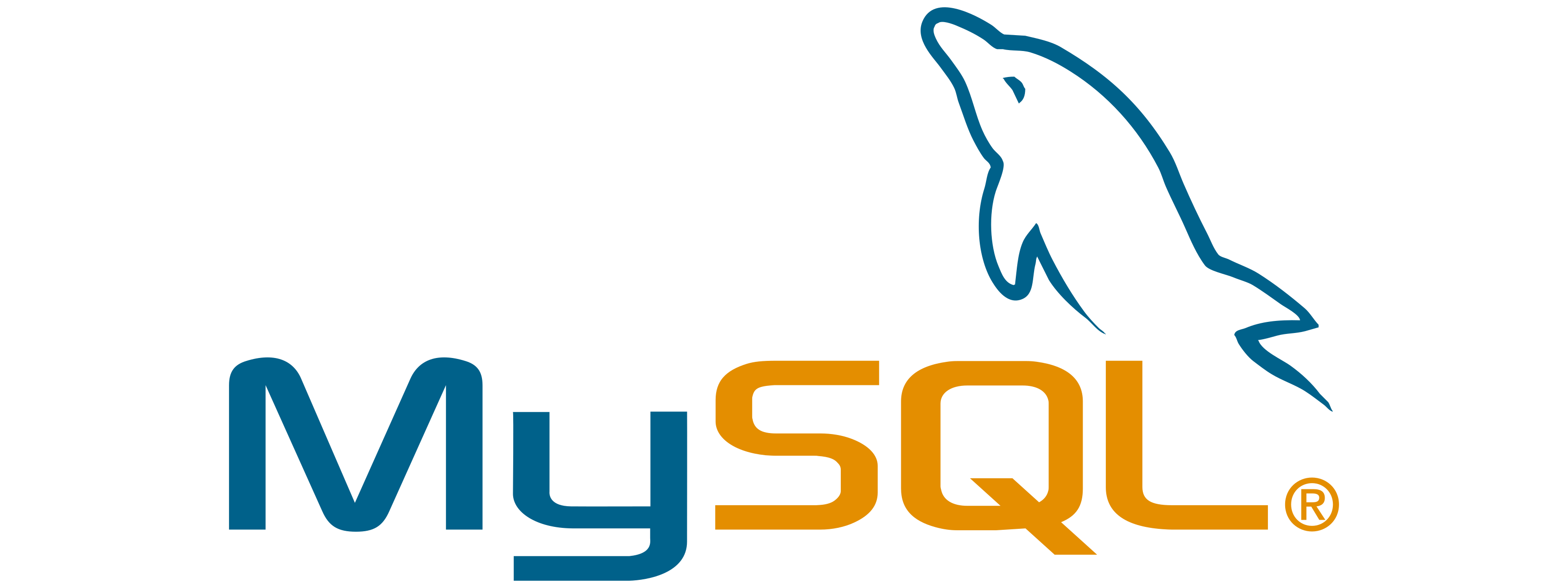
MySQL is one of the most popular relational databases. It is used by a large number of individuals in data management activities. Over the years, I have been able to learn about data manipulation, database design, and query optimization using MySQL and Python. The insight has made me quite proficient in handling database-related operations.
MySQL is an open-source relational database management system (RDBMS). Its name is a combination of "My", the name of co-founder Michael Widenius's daughter, and "SQL", the abbreviation for Structured Query Language. A relational database organizes data into one or more data tables in which data types may be related to each other. The relationships between the tables help structure the data. SQL is a language programmers use to create, modify and extract data from the relational database, and control user access to the database. In addition to relational databases and SQL, an RDBMS like MySQL works with an operating system to implement a relational database in a computer's storage system, manage users, allow for network access and facilitate testing database integrity and creation of backups.
C++
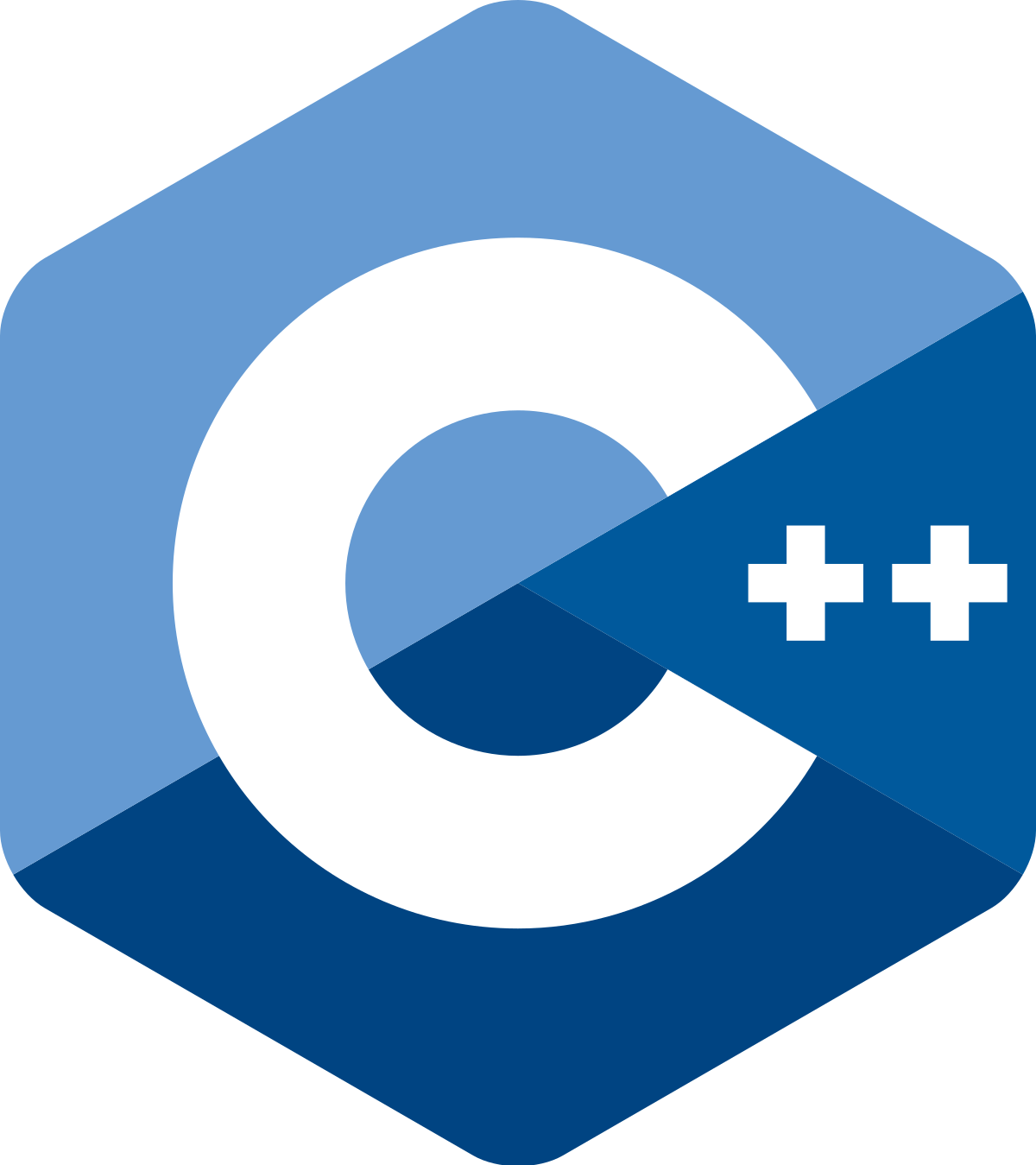
The language that taught me all about object-oriented programming. Although this language is not a feature-rich language, it is fast and reliable. C++ uses the least amount of memory and processing power to achieve the result. From my first playable computer game to insertion sort projects. C++ carries many of my skills.
C++ is a general-purpose programming language created by Bjarne Stroustrup as an extension of the C programming language, or "C with Classes". The language has expanded significantly over time, and modern-day C++ incorporates object-oriented, generic, and functional features in addition to facilities for low-level memory manipulation. It is almost always implemented as a compiled language, and many vendors provide C++ compilers, including the Free Software Foundation, LLVM, Microsoft, Intel, Oracle, and IBM, making it available across multiple platforms.
Python
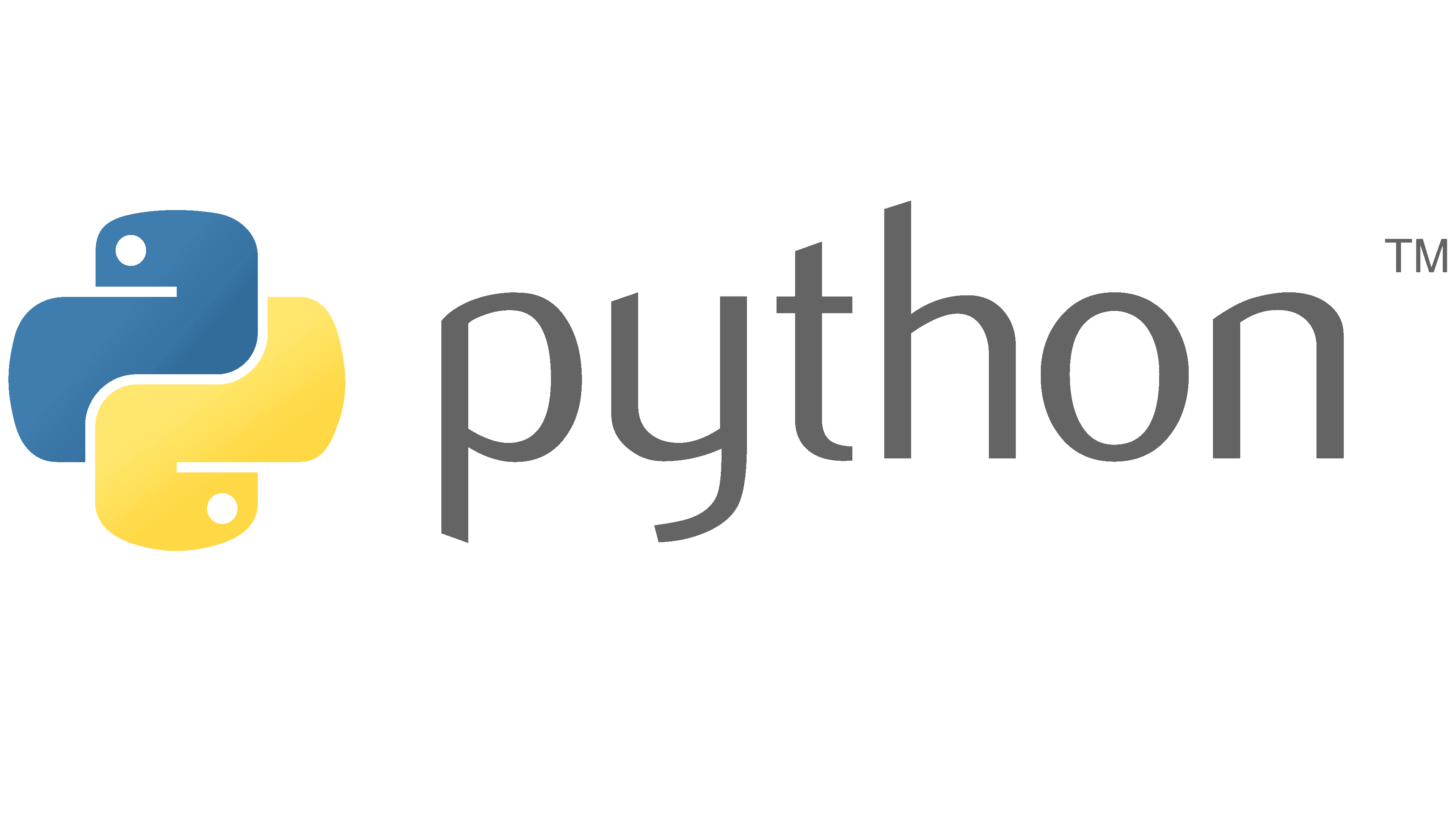
C++ is a general-purpose programming language created by Bjarne Stroustrup as an extension of the C programming language, or "C with Classes". The language has expanded significantly over time, and modern-day C++ incorporates object-oriented, generic, and functional features in addition to facilities for low-level memory manipulation. It is almost always implemented as a compiled language, and many vendors provide C++ compilers, including the Free Software Foundation, LLVM, Microsoft, Intel, Oracle, and IBM, making it available across multiple platforms.
Python is a high-level, general-purpose programming language. Its design philosophy emphasizes code readability coupled with significant indentation to ensure proper code structure. Its language constructs and object-oriented approach aim to help programmers write clear, logical code for small- and large-scale projects.
C

C is my first self-taught language. After attending the computer science class in high school, I became fascinated with programming, and I started to learn more about it. At first, I did not know where to start but through research, I was able to identify C as the best language to start with. Through my early interactions with C, I was able to develop several simple programs which helped me obtain a general understanding of programming. One memorable program that I was able to develop during my early years is a calculator aimed at helping me handle repetitive calculus homework.
C is a general-purpose, procedural computer programming language supporting structured programming, lexical variable scope, and recursion, with a static type system. By design, C provides constructs that map efficiently to typical machine instructions. It has found lasting use in applications previously coded in assembly language. Such applications include operating systems and various application software for computer architectures that range from supercomputers to PLCs and embedded systems.
Vistual Basic & Alice
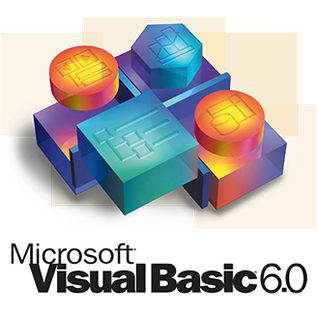

I learned those during my high school computer science classes. I was able to use Alice to make some simple animation. The concept is very similar to Unity Engine's game level design. The final product includes 1 minute of 3D animation and background music. With VB and toolboxes the school provides, I could write commands/programs to operate a robotic arm to do numerous tasks, including item grabbing&placements, insertions, and more.
Alice is an object-based educational programming language with an integrated development environment (IDE). Alice uses a drag and drop environment to create computer animations using 3D models.
The original Visual Basic (also referred to as Classic Visual Basic) is a third-generation event-driven programming language from Microsoft known for its Component Object Model (COM) programming model that was first released in 1991 and declared a legacy in 2008. Microsoft intended Visual Basic to be relatively easy to learn and use. Visual Basic was derived from BASIC and enables the rapid application development (RAD) of graphical user interface (GUI) applications, access to databases using Data Access Objects, Remote Data Objects, or ActiveX Data Objects, and creation of ActiveX controls and objects.
Contact Information
Fill up the form and I will get back to you within 48 hours.


